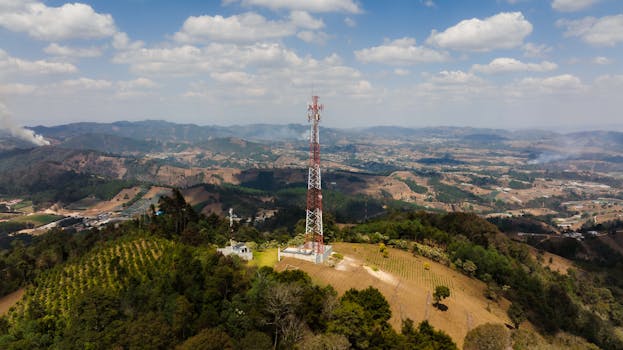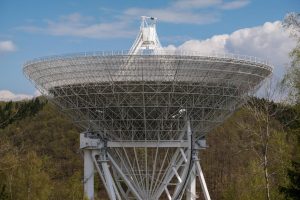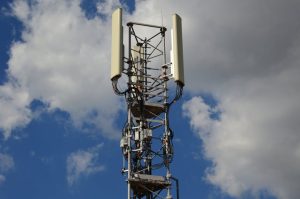MEO Satellites: The Future of Global Connectivity – MEO Satellites
MEO satellites are revolutionizing the field of satellite communications, offering faster and more reliable connections than traditional GEO satellites. With their medium earth orbit, they provide a unique combination of coverage and capacity, making them ideal for a wide range of applications.

MEO Satellites: The Future of Global Connectivity – MEO Satellites
MEO satellites, or medium earth orbit satellites, are a type of satellite that operates at an altitude of around 2,000 to 36,000 kilometers above the earth’s surface. This is significantly lower than the geostationary orbit (GEO) used by traditional satellites, which is approximately 36,000 kilometers above the equator. The lower orbit of MEO satellites allows them to provide faster and more reliable connections, making them an attractive option for a wide range of applications, including broadband internet, mobile communications, and navigation.
The use of MEO satellites is becoming increasingly popular due to their ability to provide high-speed and low-latency connections. This is particularly important for applications that require real-time communication, such as video conferencing, online gaming, and remote healthcare. Additionally, MEO satellites can provide coverage to remote and underserved areas, where traditional infrastructure may not be available.
How MEO Satellites Work
MEO satellites work by transmitting and receiving signals to and from earth-based stations. The signals are transmitted to the satellite, which then relays them to their destination. The satellite uses a transponder to amplify and re-transmit the signal, allowing it to be received by the intended recipient. The use of multiple satellites in a constellation allows for seamless handovers and continuous coverage, even when the satellite is moving out of range.
One of the key benefits of MEO satellites is their ability to provide high-gain antennas, which allow for more efficient use of bandwidth and power. This results in faster data transfer rates and lower latency, making them ideal for applications that require high-speed connections. Additionally, the lower orbit of MEO satellites reduces the signal delay, allowing for more real-time communication.
Applications of MEO Satellites
MEO satellites have a wide range of applications, including broadband internet, mobile communications, navigation, and remote sensing. They can provide high-speed internet access to remote and underserved areas, where traditional infrastructure may not be available. They can also be used for mobile communications, such as providing connectivity to ships, aircraft, and other vehicles. Additionally, MEO satellites can be used for navigation, such as providing location information and timing signals.
MEO satellites are also being used for remote sensing applications, such as monitoring the environment, tracking weather patterns, and detecting natural disasters. They can provide high-resolution images and data, which can be used to monitor and respond to natural disasters, such as hurricanes, wildfires, and floods. Additionally, they can be used to monitor the health of crops, track the movement of wildlife, and detect changes in the environment.
Future of MEO Satellites
The future of MEO satellites looks promising, with many companies and organizations investing in the development of new MEO satellite constellations. These constellations will provide even faster and more reliable connections, with lower latency and higher data transfer rates. They will also provide more comprehensive coverage, with the ability to reach even the most remote and underserved areas.
Additionally, the use of MEO satellites will become more integrated with other technologies, such as 5G and the Internet of Things (IoT). This will enable a wide range of new applications and services, such as smart cities, autonomous vehicles, and remote healthcare. The use of MEO satellites will also become more important for military and government applications, such as communications, navigation, and surveillance.
In conclusion, MEO satellites are revolutionizing the field of satellite communications, offering faster and more reliable connections than traditional GEO satellites. With their medium earth orbit, they provide a unique combination of coverage and capacity, making them ideal for a wide range of applications. As the technology continues to evolve, we can expect to see even more innovative and exciting applications of MEO satellites in the future.



